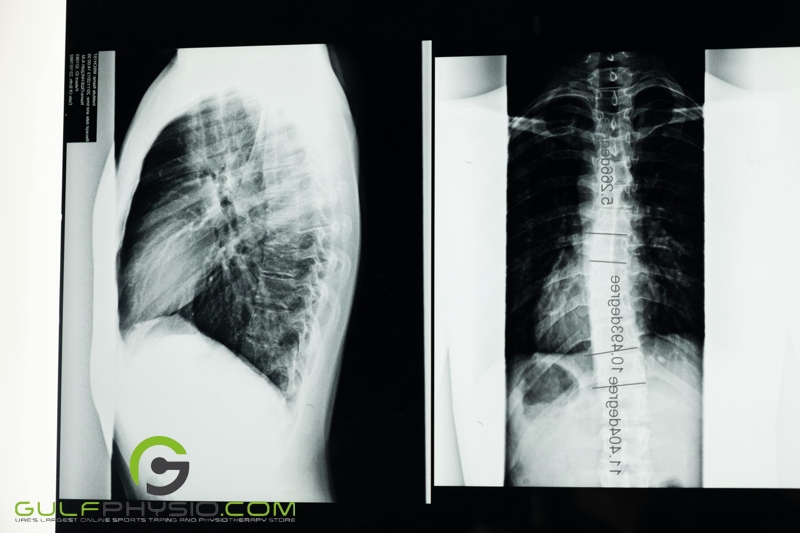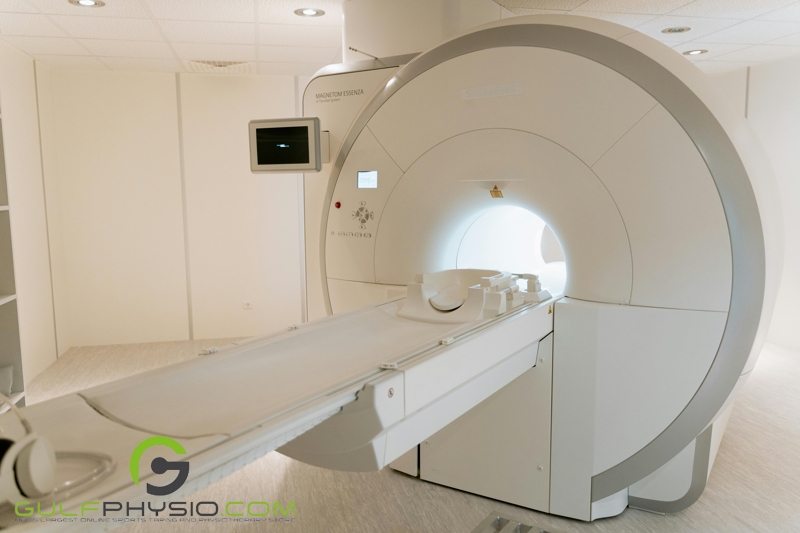
Traverse Myelitis is a rather rare neurological condition affecting approximately 1,400 cases annually in the United States alone. With the list of symptoms varying from person to person, it can be difficult to address what could be possible warning signs.
So let us look at what Traverse Myelitis is, how the condition can affect individuals, and its signs and symptoms.
What is Transverse Myelitis?
As previously mentioned, this is a rare condition affecting about 1,400 individuals annually in the US alone (about 1-8 cases per 1 million people yearly) and can affect individuals at any age.
It is an inflammation of the spinal cord that damages the insulating material covering your nerves called myelin, affecting the central nervous system’s ability to send information to the brain.
What Causes Transverse Myelitis?
Unfortunately, the exact cause of this condition is still unknown, and often many cases are idiopathic. Despite this, medical experts have been able to narrow down certain conditions and illnesses that may lead to Transverse Myelitis, these include but are not limited to:

Immune System Disorders (Autoimmune Disorders)
Individuals afflicted with autoimmune disorders are the most vulnerable to developing Transverse Myelitis. Those with autoimmune disorders have immune systems that cannot distinguish between healthy tissues and harmful antigens, which also leads to antibodies attacking the healthy cells.
Inflammatory Disorders Affecting the Spinal Cord
As mentioned previously, Transverse Myelitis is an inflammation of the spinal cord. In conditions such as ankylosing spondylitis, a type of arthritis primarily affecting the spine, the chances of developing Transverse Myelitis are higher with at least one study suggesting the condition to be a long-standing complication of ankylosing spondylitis. This finding may also prove true for other similar disorders.
Infections
According to the Harvard Medical Dictionary, infections are the growth of harmful organisms that can cause disease in the body. Three kinds of infections could cause Transverse Myelitis:
- Fungal Infections – As the name suggests these types of infections result from exposure to a certain amount of fungi. While these fungi typically do not have any adverse effects on the average person, conditions such as a weakened immune system, a sudden fungi outbreak in the environment, or excessive exposure to the fungi may lead to infection
- Bacterial Infections – Bacteria surround us every day, most do not make you sick and some are even good bacteria that benefit the body. Bad bacteria, also called infectious bacteria, cause Bacterial Infections These infections often release toxins that can damage cells and make humans ill, leaving them vulnerable to conditions such as Transverse Myelitis.
- Viral Infections – These kinds of infections result from viruses, which are significantly smaller than fungi and bacteria. Unlike the previously mentioned types of infections, the viruses that cause viral infections need a living host cell to survive. It then replicates itself and infects healthy cells, often hijacking the cell’s ribosomes, where proteins are synthesized. Ribosomes, found in the cytoplasm and attached to the endoplasmic reticulum, are essential for translating genetic instructions into proteins that the body needs. Viruses exploit this machinery to produce their proteins and disrupting normal cellular function. It then replicates itself and infects healthy cells, or completely changes the functions of the host cell.
Viral infections are not treatable by antibiotics, and the severity of the infection can cause common diseases such as the common cold and the flu to more severe infections such as HIV/AIDS and Covid-19.
What are the Symptoms of Transverse Myelitis?
Symptoms of this condition can develop in one of two ways: Acute, which has the symptoms developing in a few hours to a few days, and Subacute, meaning the symptoms develop between a range of 1 – 4 weeks.

Symptoms of this condition can vary between individuals depending on which part of the spinal cord has been affected and damaged, but there are four main groups:
- Pain – Individuals afflicted with Transverse Myelitis may initially feel a sharp pain in the lower back or a pain that shoots down your arms and/or legs or wraps around your chest and abdomen.
- Muscle Weakness – Those who have the condition may experience weakness in the legs that progresses rapidly and may lead to paraparesis which may lead to paraplegia. If the condition affects the upper spinal cord, this may also affect the upper limbs as well.
- Bowel and Bladder Dysfunction
- Constipation
- Urinary Retention
- Frequent urge to urinate
- Incontinence
- Abnormal Sensations
- Paresthesia in the limbs
- Sensory loss
- Diminished temperature sensitivity
- Heightened temperature sensitivity
- *Anorgasmia
*In individuals who have a penis, the condition may also cause erectile dysfunction
Diagnosis
Diagnosis of Transverse Myelitis begins with a review of the individual’s medical history, a physical examination, and a neurological examination (depending on your healthcare provider). Since multiple symptoms of Transverse Myelitis possibly stem from other treatable conditions, the functioning healthcare provider may test for those diseases as well, these include:

- Magnetic resonance imaging(MRI) – A spinal MRI will nearly always establish the existence of a lesion inside the spinal cord, while a brain MRI may offer hints to other underlying causes, especially Multiple sclerosis. Computed Tomography (CT) detects inflammation in some rare cases.
- Lumbar Puncture (Spinal Tap) – This procedure involves a healthcare professional inserting a needle in the lower back to obtain a sample of the cerebrospinal fluid. In the event of Transverse Myelitis, the spinal tap will detect an increase in protein and white blood cells.
- Blood Tests – Antibodies linked to cancer and autoantibodies are detected in blood. Autoantibodies are proteins made by immune system cells that are associated with autoimmune disorders and offer an identifiable cause for transverse myelitis.
Treatment
Unfortunately, there is no cure for Transverse Myelitis. Currently, available treatments aim to relieve infections, reduce inflammation, and generally alleviate any other pains and symptoms.

A few treatments that assist in managing the condition include:
- Intravenous Corticosteroid Drugs – The first line of treatment for individuals with Transverse Myelitis, this treatment assists in decreasing the inflammation of the spine as well as reducing immune system activity.
- Intravenous Immunoglobulin (IVIG) – This treatment aims to restart an individual’s immune system. Intravenous Immunoglobulin G (IVIG) is a highly concentrated injection of antibodies derived from multiple healthy donors that attach to and eliminate the antibodies that are the possible cause of the illness.
- Plasma exchange therapy (Plasmapheresis) – This treatment is for individuals who do not respond well to Intravenous Corticosteroid Drugs. This treatment involves the process of extracting plasma from blood. Professionals frequently use plasmapheresis to extract donor plasma, which is plasma from healthy individuals used to treat certain medical diseases.
In Summary
Transverse Myelitis affects approximately 1,400 people in the US alone each year, making it a rare neurological condition. This condition involves inflammation in the spinal cord, which damages the myelin protecting the nerves and affects the central nervous system’s ability to transmit information to the brain.

Although the precise cause is unknown, medical professionals have identified a few illnesses and conditions that may trigger it. Symptoms can vary among individuals and may develop acutely or subacutely. Regrettably, there is currently no cure for Transverse Myelitis, but available treatments aim to alleviate infections, reduce inflammation, and relieve pain and symptoms.
Want to learn more about health and disease? Then read our article “Fibromyalgia: Symptoms, Causes, Diagnosis & Treatment” or learn more from our blog here.
Disclaimer
GulfPhysio.com and all of its content are for informational purposes only. All information is believed to be accurate at the time of posting and should NOT be taken as professional medical advice. Please seek a medical professional in the event of pain or injury.



